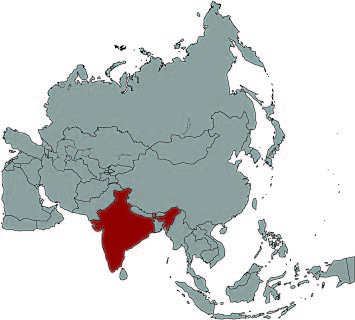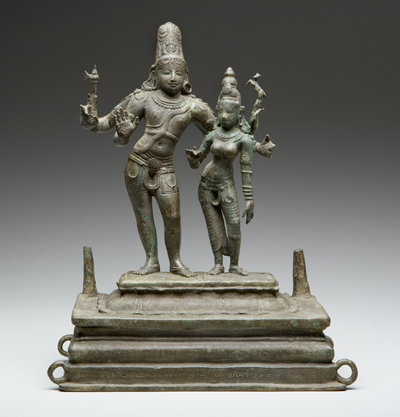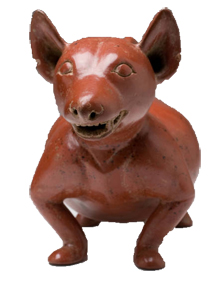

Although people were able to see representations of their gods as decoration on the outside of religious buildings, sculptures such as the one seen here, were the first sacred artifacts seen by people outside of the temple. Most of the time, they were only seen by the temple priests inside the private, innermost chambers of the temple. However the rings at the bottom of this object allowed temple priests to carry the sculpture in religious ceremonies. Therefore, the common people were able to see their deities and the deities were able to see their devotees. At all times, the sculpture was elaborately decorated with jewels and flowers, such as marigolds. Priests poured gold infused water and milk over the sculpture to serve as a ritual washing.
Unidentified Maker, India
(Chola Period)
15 inches H; 12 1/4 inches W; 6 inches D
Museum purchase in honor of David T. Owsley
2005.011.0002005.011.000
118-125 CE The Pantheon is constructed in Rome.
220 CE The Han Dynasty in China comes to an end.
720 CE Islamic Caliphate invades India; Islam practiced in India.
1325 The Aztec civilization founds Tenochtitlan, modern day Mexico City.
1617 British East India Company is given permission to trade in India.




